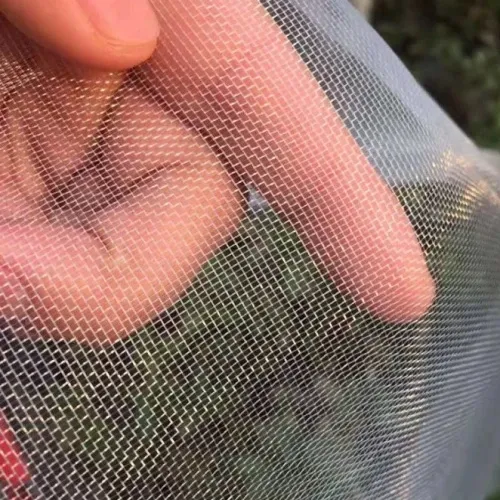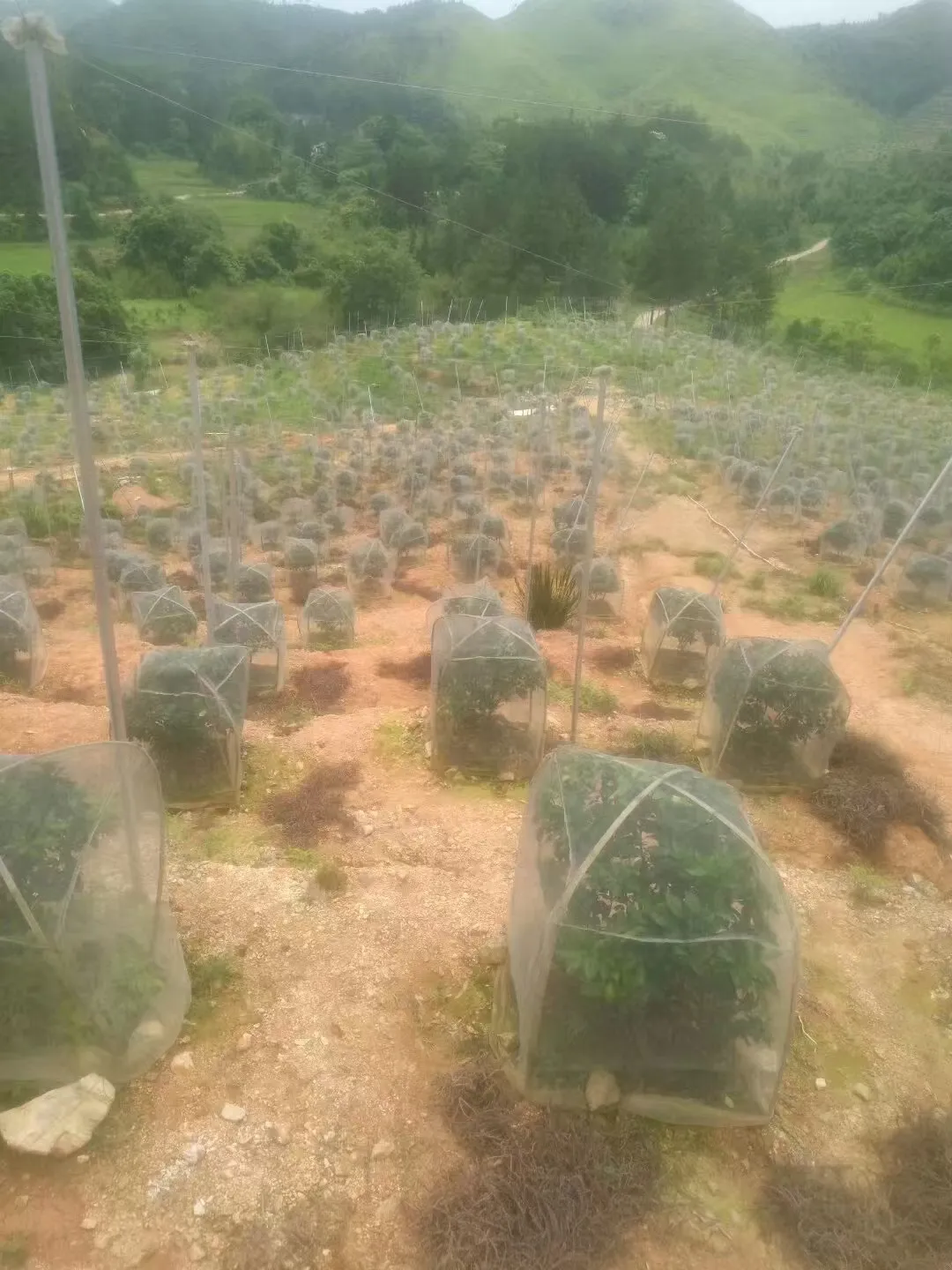-
 Afrikaans
Afrikaans -
 Albanian
Albanian -
 Amharic
Amharic -
 Arabic
Arabic -
 Armenian
Armenian -
 Azerbaijani
Azerbaijani -
 Basque
Basque -
 Belarusian
Belarusian -
 Bengali
Bengali -
 Bosnian
Bosnian -
 Bulgarian
Bulgarian -
 Catalan
Catalan -
 Cebuano
Cebuano -
 China
China -
 Corsican
Corsican -
 Croatian
Croatian -
 Czech
Czech -
 Danish
Danish -
 Dutch
Dutch -
 English
English -
 Esperanto
Esperanto -
 Estonian
Estonian -
 Finnish
Finnish -
 French
French -
 Frisian
Frisian -
 Galician
Galician -
 Georgian
Georgian -
 German
German -
 Greek
Greek -
 Gujarati
Gujarati -
 Haitian Creole
Haitian Creole -
 hausa
hausa -
 hawaiian
hawaiian -
 Hebrew
Hebrew -
 Hindi
Hindi -
 Miao
Miao -
 Hungarian
Hungarian -
 Icelandic
Icelandic -
 igbo
igbo -
 Indonesian
Indonesian -
 irish
irish -
 Italian
Italian -
 Japanese
Japanese -
 Javanese
Javanese -
 Kannada
Kannada -
 kazakh
kazakh -
 Khmer
Khmer -
 Rwandese
Rwandese -
 Korean
Korean -
 Kurdish
Kurdish -
 Kyrgyz
Kyrgyz -
 Lao
Lao -
 Latin
Latin -
 Latvian
Latvian -
 Lithuanian
Lithuanian -
 Luxembourgish
Luxembourgish -
 Macedonian
Macedonian -
 Malgashi
Malgashi -
 Malay
Malay -
 Malayalam
Malayalam -
 Maltese
Maltese -
 Maori
Maori -
 Marathi
Marathi -
 Mongolian
Mongolian -
 Myanmar
Myanmar -
 Nepali
Nepali -
 Norwegian
Norwegian -
 Norwegian
Norwegian -
 Occitan
Occitan -
 Pashto
Pashto -
 Persian
Persian -
 Polish
Polish -
 Portuguese
Portuguese -
 Punjabi
Punjabi -
 Romanian
Romanian -
 Russian
Russian -
 Samoan
Samoan -
 Scottish Gaelic
Scottish Gaelic -
 Serbian
Serbian -
 Sesotho
Sesotho -
 Shona
Shona -
 Sindhi
Sindhi -
 Sinhala
Sinhala -
 Slovak
Slovak -
 Slovenian
Slovenian -
 Somali
Somali -
 Spanish
Spanish -
 Sundanese
Sundanese -
 Swahili
Swahili -
 Swedish
Swedish -
 Tagalog
Tagalog -
 Tajik
Tajik -
 Tamil
Tamil -
 Tatar
Tatar -
 Telugu
Telugu -
 Thai
Thai -
 Turkish
Turkish -
 Turkmen
Turkmen -
 Ukrainian
Ukrainian -
 Urdu
Urdu -
 Uighur
Uighur -
 Uzbek
Uzbek -
 Vietnamese
Vietnamese -
 Welsh
Welsh -
 Bantu
Bantu -
 Yiddish
Yiddish -
 Yoruba
Yoruba -
 Zulu
Zulu
Feb . 13, 2025 17:27
Back to list
High Quality Farm Shade Net for Agriculture
In modern agriculture, technology plays a pivotal role in enhancing productivity, sustainability, and resource management. One emerging technological frontier is the use of nets for farming. This relatively new concept is transforming traditional agricultural practices, paving the way for more efficient and environmentally friendly farming solutions.
Experts in the field agree that integrating nets into farming practices is a step towards precision agriculture. By harmonizing with nature, nets reduce dependency on harmful pesticides and fertilizers, promote biodiversity, and enhance the overall resilience of agricultural systems. With the global push towards sustainable farming practices, nets are gaining recognition as essential tools for modern farmers. Economically, the use of nets can lead to significant cost savings. While initial investments might be substantial, the long-term benefits of reduced pesticide usage, improved crop quality, and increased yields far outweigh the costs. Furthermore, nets can help mitigate the risks associated with climate change, such as unexpected frosts or excessive rainfall, ensuring consistent production and thus stabilizing income for farmers. Trust in this technology is also bolstered by real-world applications and success stories. In countries like Israel, the Netherlands, and India, farmers have embraced net farming, witnessing increased yields and improved crop resilience. These regions have demonstrated that with the right expertise and implementation, nets can revolutionize agricultural practices and offer solutions to some of the most pressing challenges faced by the industry. Despite their advantages, successful deployment of nets in farming requires expertise and a comprehensive understanding of local agricultural conditions. Not every crop will benefit in the same way, and factors such as net type, installation, and maintenance are crucial to their effectiveness. Therefore, consulting with agricultural experts and investing in quality nets tailored to specific needs are essential steps for farmers considering this innovation. In conclusion, nets for farming represent a significant advancement in agricultural technologies. They align with global objectives of achieving sustainable, eco-friendly, and economically viable farming. As the industry evolves, the integration of such innovative solutions will undeniably play a critical role in shaping the future of food security and environmental conservation. With continuous research and technological improvements, the potential and applications of farming nets are poised to expand even further, ensuring they remain a cornerstone of modern agriculture.


Experts in the field agree that integrating nets into farming practices is a step towards precision agriculture. By harmonizing with nature, nets reduce dependency on harmful pesticides and fertilizers, promote biodiversity, and enhance the overall resilience of agricultural systems. With the global push towards sustainable farming practices, nets are gaining recognition as essential tools for modern farmers. Economically, the use of nets can lead to significant cost savings. While initial investments might be substantial, the long-term benefits of reduced pesticide usage, improved crop quality, and increased yields far outweigh the costs. Furthermore, nets can help mitigate the risks associated with climate change, such as unexpected frosts or excessive rainfall, ensuring consistent production and thus stabilizing income for farmers. Trust in this technology is also bolstered by real-world applications and success stories. In countries like Israel, the Netherlands, and India, farmers have embraced net farming, witnessing increased yields and improved crop resilience. These regions have demonstrated that with the right expertise and implementation, nets can revolutionize agricultural practices and offer solutions to some of the most pressing challenges faced by the industry. Despite their advantages, successful deployment of nets in farming requires expertise and a comprehensive understanding of local agricultural conditions. Not every crop will benefit in the same way, and factors such as net type, installation, and maintenance are crucial to their effectiveness. Therefore, consulting with agricultural experts and investing in quality nets tailored to specific needs are essential steps for farmers considering this innovation. In conclusion, nets for farming represent a significant advancement in agricultural technologies. They align with global objectives of achieving sustainable, eco-friendly, and economically viable farming. As the industry evolves, the integration of such innovative solutions will undeniably play a critical role in shaping the future of food security and environmental conservation. With continuous research and technological improvements, the potential and applications of farming nets are poised to expand even further, ensuring they remain a cornerstone of modern agriculture.
Latest news
-
Shipping Plastic Bags for Every NeedNewsJul.24,2025
-
Safety Netting: Your Shield in ConstructionNewsJul.24,2025
-
Plastic Mesh Netting for Everyday UseNewsJul.24,2025
-
Nylon Netting for Every UseNewsJul.24,2025
-
Mesh Breeder Box for Fish TanksNewsJul.24,2025
-
Expanded Steel Mesh Offers Durable VersatilityNewsJul.24,2025











